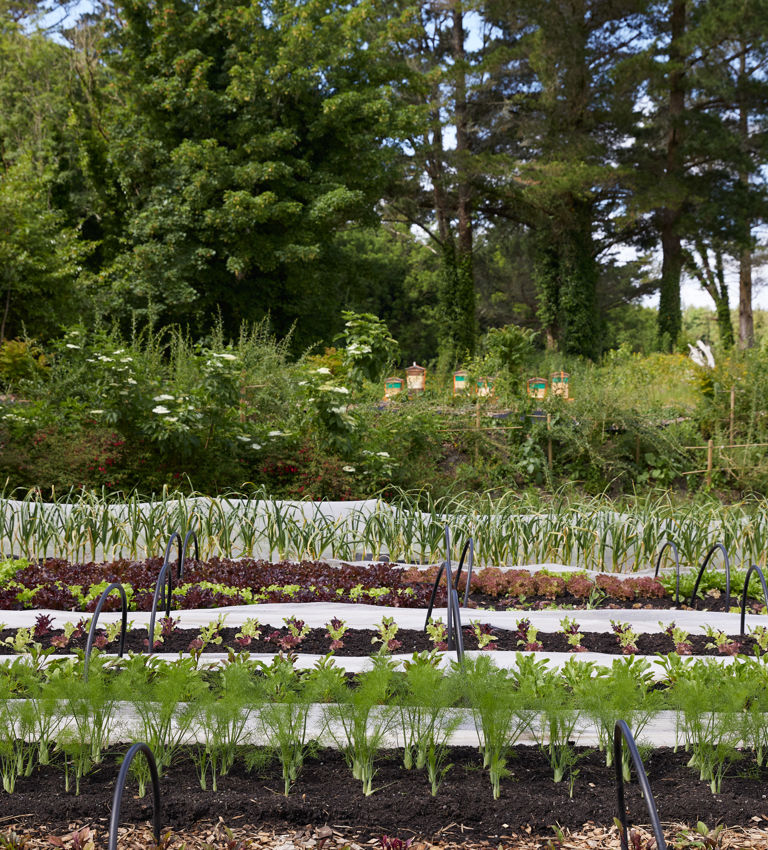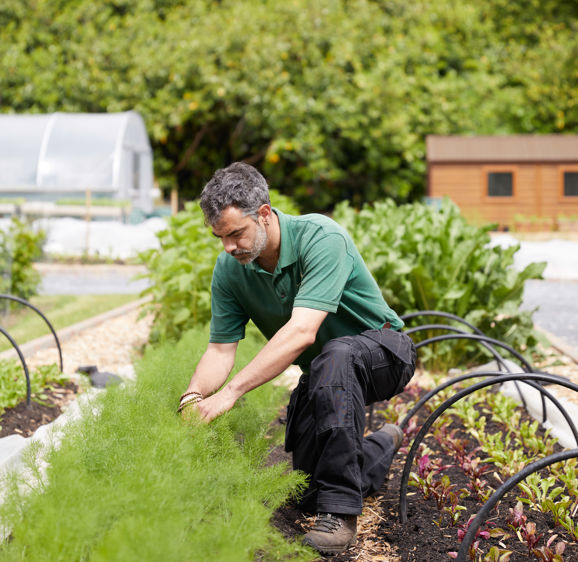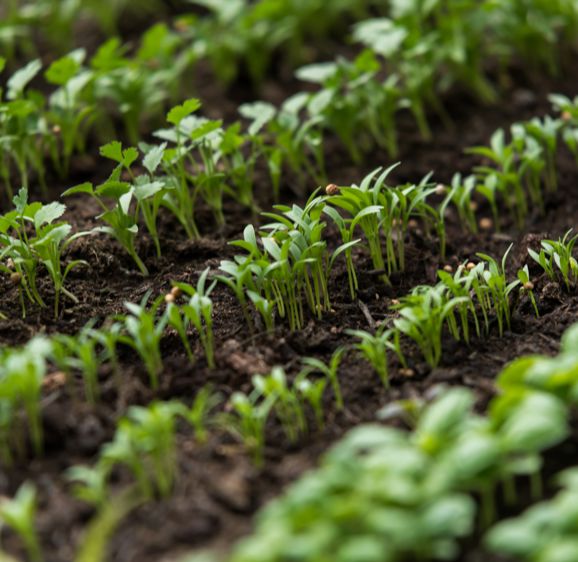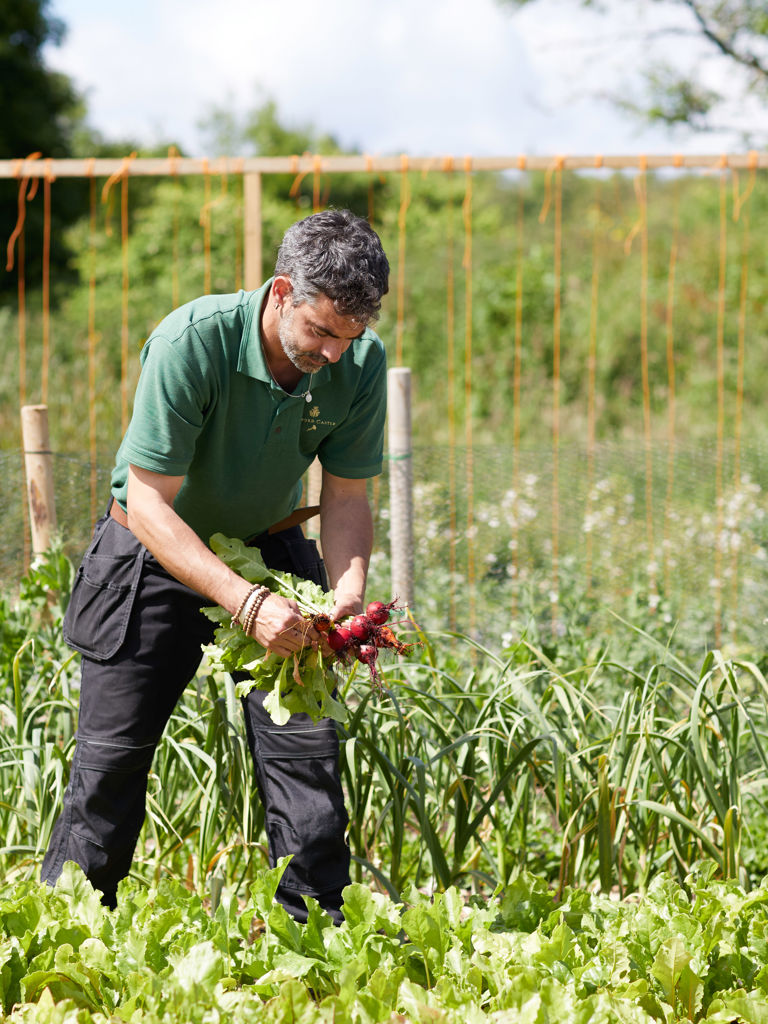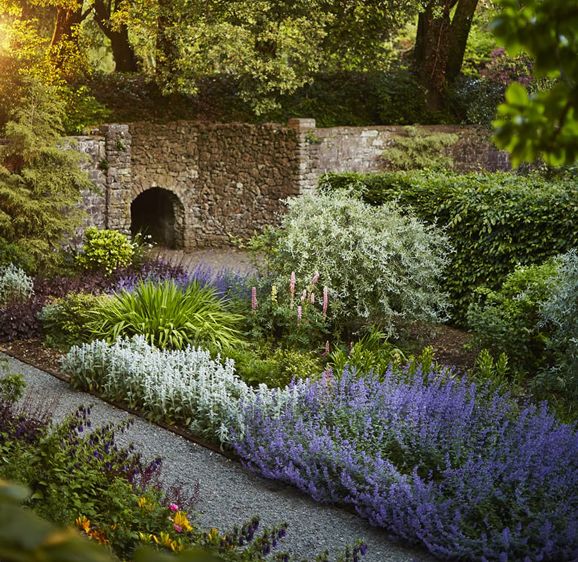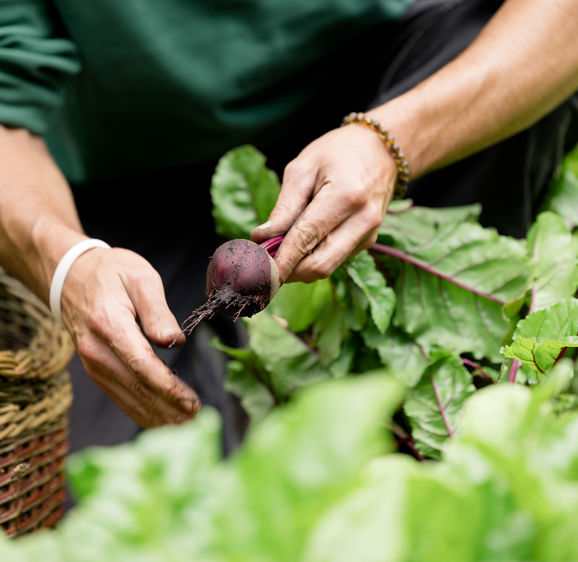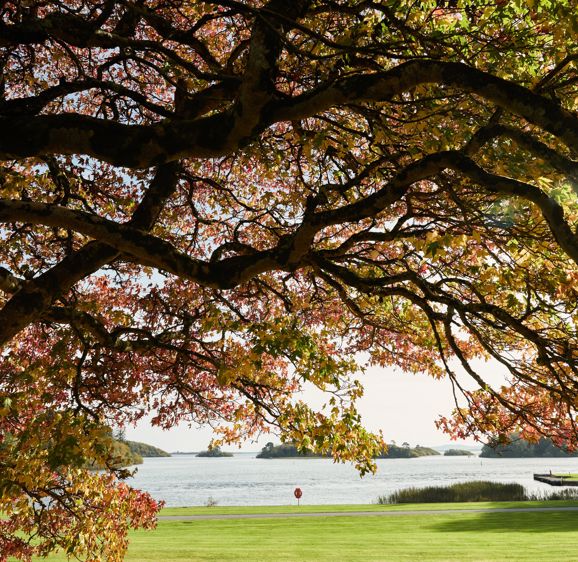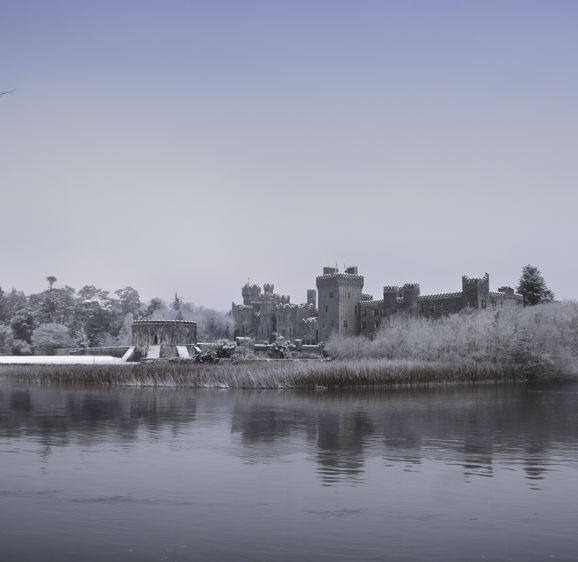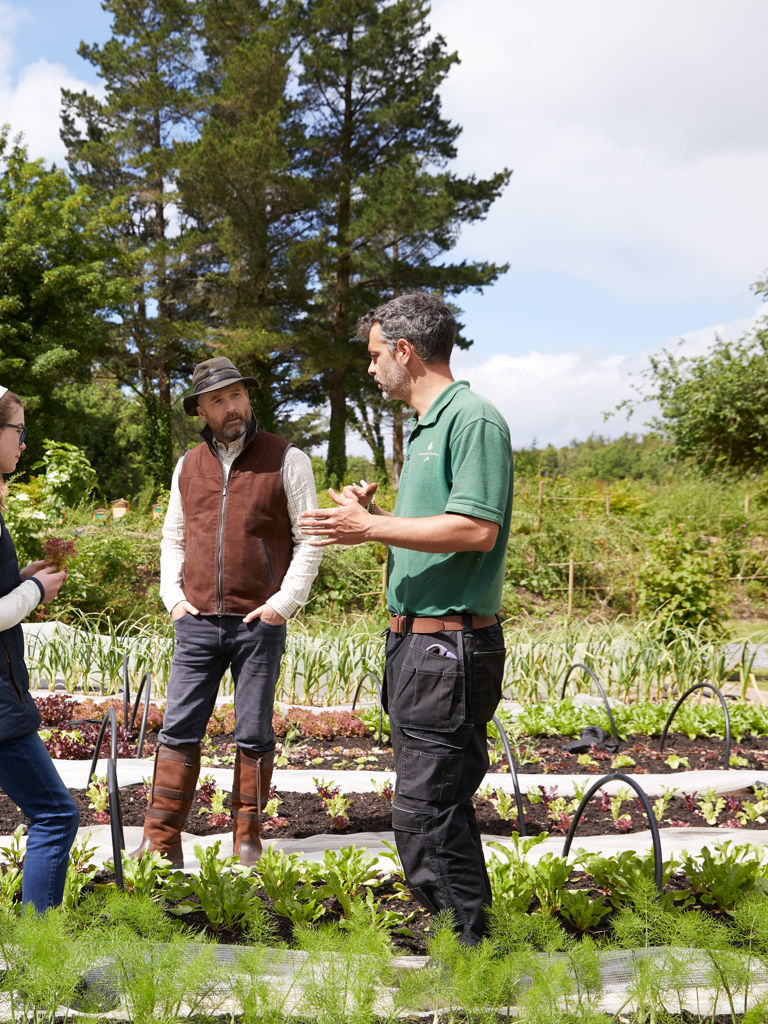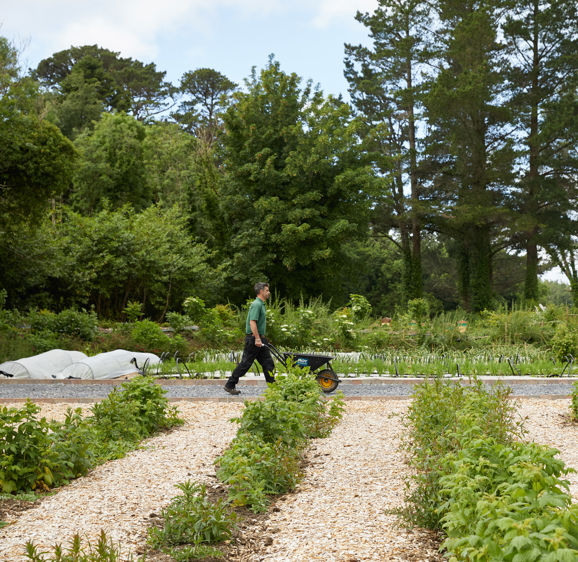
Our Journey
In the late 1800s, Lady Ardilaun redesigned the gardens in the Ashford Estate to provide fruits, vegetables and ornamental flowers in the estate gardens. Echoing in the estate's rich history, in late 2019, the development of Ashford Castle's kitchen gardens began on the original two-acre plot near Squire Danagher's.
Presently, our Head Gardener, Alex Lavarde, and the garden team are completing the kitchen garden, aiming to offer fresh, organic, and locally grown produce reminiscent of the 1800s. Tours and hands-on experiences for guests are integral to Ashford's vision for the garden's role in connecting food from garden to plate to promote our commitment to sustainability.

